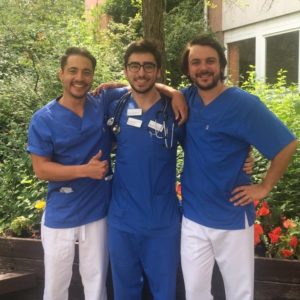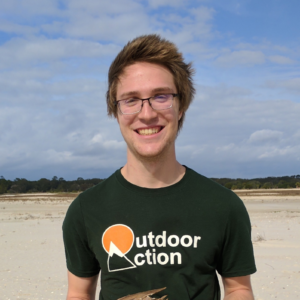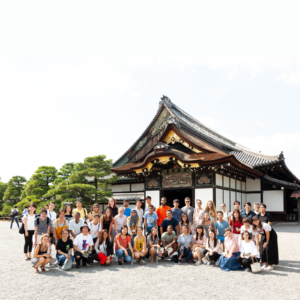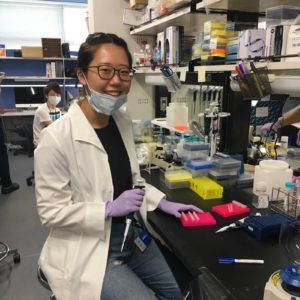Last summer, I visited my native country, Honduras, for the first time in 10 years. Because I did not get to experience a lot of the culture while I was living there during my childhood, my family and I planned a trip across some of the most historically rich landmarks in the country, including the Mayan ruins.
To learn the most during the trip, I knew I would have to complete some preliminary research on my own to acquaint myself with the history and culture in general, which of course meant reading research papers and articles in Spanish. I knew this task would be difficult, because despite the fact that I lived in Honduras for 10 years and had been speaking Spanish at home my entire life, I had never read or written academic work in Spanish.
Whether you are reading sources in other languages, preparing to go abroad for research, or writing for a class or independent work in a foreign language, completing this task will be different than completing an assignment in English. In this post, I will highlight my two biggest take-aways on how to prepare to engage with scholarly work in another language.
Continue reading Preparing for Academic Work in Foreign Languages





